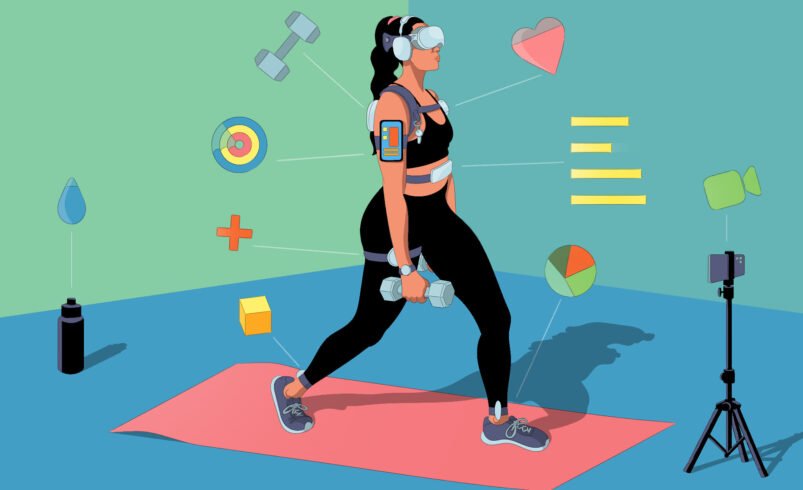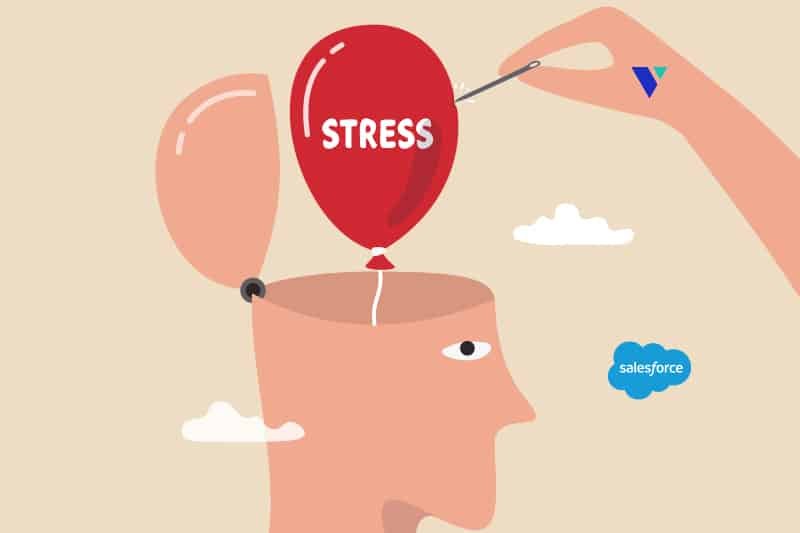Does Physical Therapy Help with Work-related Injury?

Work-related injuries/occupational injuries refer to a wide range of injuries, illnesses, and conditions that occur in an individual’s workplace and are related to the individual’s job duties. Pre-existing conditions that worsen while carrying out a work-related task are also considered occupational injuries. Work-related injuries can vary from mild to severe, depending on the nature of the job and the workplace environment in which the injury occurred.
Work-related injuries can cause severe discomfort and pain and lead to disabilities. They may hinder your ability to perform your daily activities comfortably and prevent you from participating in the leisure activities you enjoy. Therefore, it is important to address work-related injuries promptly to prevent further complications, promote faster healing, and protect your health and well-being.
Physical therapy is one of the most common treatment options for work-related injuries in Okotoks, AB. This article will discuss Dynamic Physiotherapy’s approach to treating work-related injuries and its benefits.
Types of Work-related Injury
There are several types of work-related injuries in Okotoks. Some of the most common occupational injuries include:
- Musculoskeletal Injuries: These work-related injuries affect the components of the musculoskeletal system (muscles, tendons, nerves, ligaments, and other soft tissues). This work-related injury occurs due to overexertion at work, repetitive motion, awkward postures while working, lifting heavy objects, sitting or standing in the same posture for a long time during work hours, etc. Examples of work-related musculoskeletal injuries include carpal tunnel syndrome, ligament sprain, lower back pain, muscle strain, tendonitis, etc.
- Traumatic Injuries: These work-related injuries are sustained during traumatic events at the workplace. Work-related traumatic injuries occur when sudden, unexpected, and unplanned traumatic events, such as falls, slips, machinery accidents, motor vehicle accidents, collisions, etc, happen while an individual is on work duty. Traumatic injuries at the workplace may range from mild to severe. Some common examples of work-related traumatic injuries include fractures, bruises, amputation, cuts, traumatic brain injuries, etc.
- Repetitive Strain Injuries: (RSIs): This work-related injury occurs when an employee/worker performs the same movement, motion, or activity several times for a long time. Repetitive strain injuries mostly affect body parts like the hands, wrists, elbows, knees, shoulders, back, neck, etc. Common examples of repetitive strain injuries include bursitis, tendonitis, rotator cuff injury, epicondylitis, etc.
- Exposure-related injury: These types of injuries occur when workers are exposed to harmful substances or elements, such as fumes, noise, dust, radiation, live electrical wires, etc, while carrying out their duties in the workplace. While some of these dangerous substances instantly injure the worker fatally, others may continue to build up until they lead to respiratory diseases and other health conditions. Common examples of exposure-related injuries at the workplace include chemical burns, electrocution, skin irritation, lead poisoning, occupational lung disease/cancer, occupational hearing loss, etc.
- Workplace Violence: Violence from physical/sexual assaults, threats, and fights in the workplace can lead to work-related injuries.
- Occupational Mental Health Problems: When work-related injury is mentioned, many people only think of physical injuries. However, work-related injuries can also affect mental health. Stress, anxiety, depression, and other mental health disorders that occur due to job demands, the excessive workload at work, workplace bullying, traumatic events at work, etc, qualify as work-related injuries.
Impact of Work-related Injuries
Work-related injuries do not only affect the worker/employee involved. They also affect the employer and workplace as a whole. The following are some of the consequences of work-related injuries on individuals and workplaces:
- Severe pain and discomfort: Work-related injuries can cause pain and discomfort that makes life unbearable for the affected individual.
- Restricted physical function and mobility: Work-related injuries can lead to disability, making it difficult for the affected individual to move around as freely as they used to. They also limit the affected individual’s range of motion.
- Emotional and mental well-being: Having to deal with disability, pain, and discomfort constantly from work-related injuries can take a toll on the emotional and mental health of the affected individual. People suffering from work-related injuries might often experience feelings of frustration and helplessness.
- Overall quality of life: Work-related injuries can severely destabilize an individual’s life, affecting their relationships and overall well-being.
The consequences of work-related injuries are debilitating and can lead to severe complications in physical and mental health. Therefore, you should seek immediate treatment if you sustain injuries at your workplace. Depending on the type of injury, there are several treatment options. One of the most effective treatment options is physical therapy.
Role of Physical Therapy in Managing Work-related Injury
Physical therapy is a healthcare profession that assesses, diagnoses and treats musculoskeletal, neurological, and other conditions that affect physical function, mobility, and overall quality of life. Physical therapy can reverse the effects of work-related injury on the affected individual, prevent further complications, and promote optimal physical and mental health and well-being. The following are some of the roles of Okotoks physical therapy in managing work-related injury:
Pain Management
Work-related injuries are usually accompanied by pain and discomfort. Although the pain levels may differ, depending on the type of injury, it is usually significant enough to cause discomfort and disrupt the affected individual’s routine. However, physical therapy alleviates the pain and discomfort that occupational injuries cause through several pain management techniques.
Restoration of Physical Function
Occupational injuries impede physical function by causing disabilities, limiting range of motion, and impairing other physical abilities. Physical therapy restores physical function by repairing the area affected by work-related injuries.
Improvement of Strength and Flexibility
Physical therapy increases the strength of muscles and joints that work-related injuries damage. The strengthening of the muscles and joints also contributes to the healing process, ensuring that the affected individual is back to work in no time.
Rehabilitation
Some work-related injuries can be so severe that the affected individual loses their basic functional abilities. However, physical therapy aims to enhance and restore these functional abilities, ensuring that the individual regains independence and quality of life.
Prevention of Future Injuries
Physical therapy reduces the risk of sustaining future injuries by addressing the affected individual’s underlying risk factors, such as muscle imbalance, poor posture and ergonomics, and other physical conditions. Physical therapists also provide education on proper body mechanics and ergonomics to prevent recurrence.
Some of the techniques that physical therapists in Okotoks physical therapy use to manage work-related injuries include:
- Manual Therapy (Massage therapy, joint mobilization, soft tissue mobilization, etc)
- Therapeutic Exercise (strengthening exercises, functional training, flexibility exercises, range of motion exercises, etc)
- Pain management modalities (electrical stimulation, heat therapy, cold therapy, etc)
- Functional Rehabilitation
- Education and ergonomic training, etc.
Conclusion
Work-related injuries have many negative impacts on the affected individual’s overall health and well-being. They cause severe pain, restrict mobility, hinder physical function, and reduce overall quality of life. If not attended to on time, work-related injuries can lead to further complications. However, physical therapy manages work-related injuries by relieving pain, restoring function and mobility, reducing risks of further injury, and promoting overall health and well-being. If you are suffering from work-related injuries, you should go for physical therapy at Dynamic Physiotherapy.




